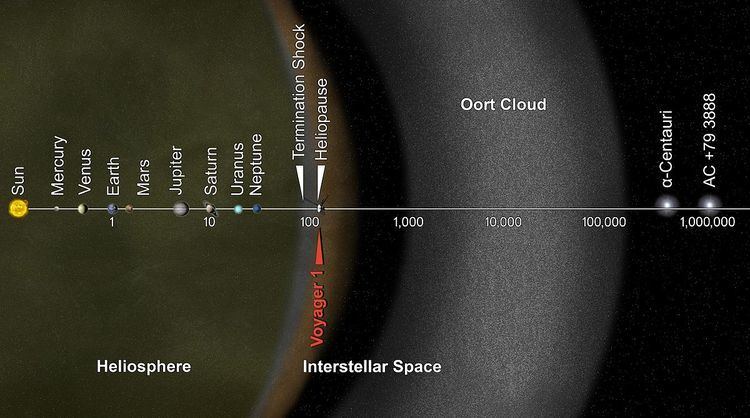 | ||
Whipple mission was a proposal for a space observatory in the NASA Discovery Program 2014 announcement of opportunity. It would orbit in a halo orbit around the Earth–Sun L2 and have a photometer that would try to detect Oort cloud and Kuiper belt objects (KBOs) by recording their transits of distant stars. It would be designed to detect objects out to 10,000 AU. Some of the mission goals included directly detecting the Oort cloud for the first time and determining the outer limit of the Kuiper belt. Whipple would be designed to detect objects as small as a kilometer (half a mile) across at a distance of 3,200 billion kilometers; 22,000 astronomical units (2×10^12 mi). It would need a relatively wide field of view and fast recording cadence to capture transits that may last only seconds.
In 2011, Whipple was one of three proposals to win a technology development award in a Discovery program selection. The design proposed was a catadioptric cassegrain telescope of 77-centimeter aperture.
The smallest KBO yet detected was discovered in 2009 by poring over data from the Hubble Space Telescope's fine guidance sensors. They detected a transit of an object against a distant star, which, based on the duration and amount of dimming, was calculated to be a KBO about 1,000 meters (3,200 ft) in diameter. It has been suggested that the Kepler observatory may be able to detect objects in the Oort cloud by their occultation of background stars.
